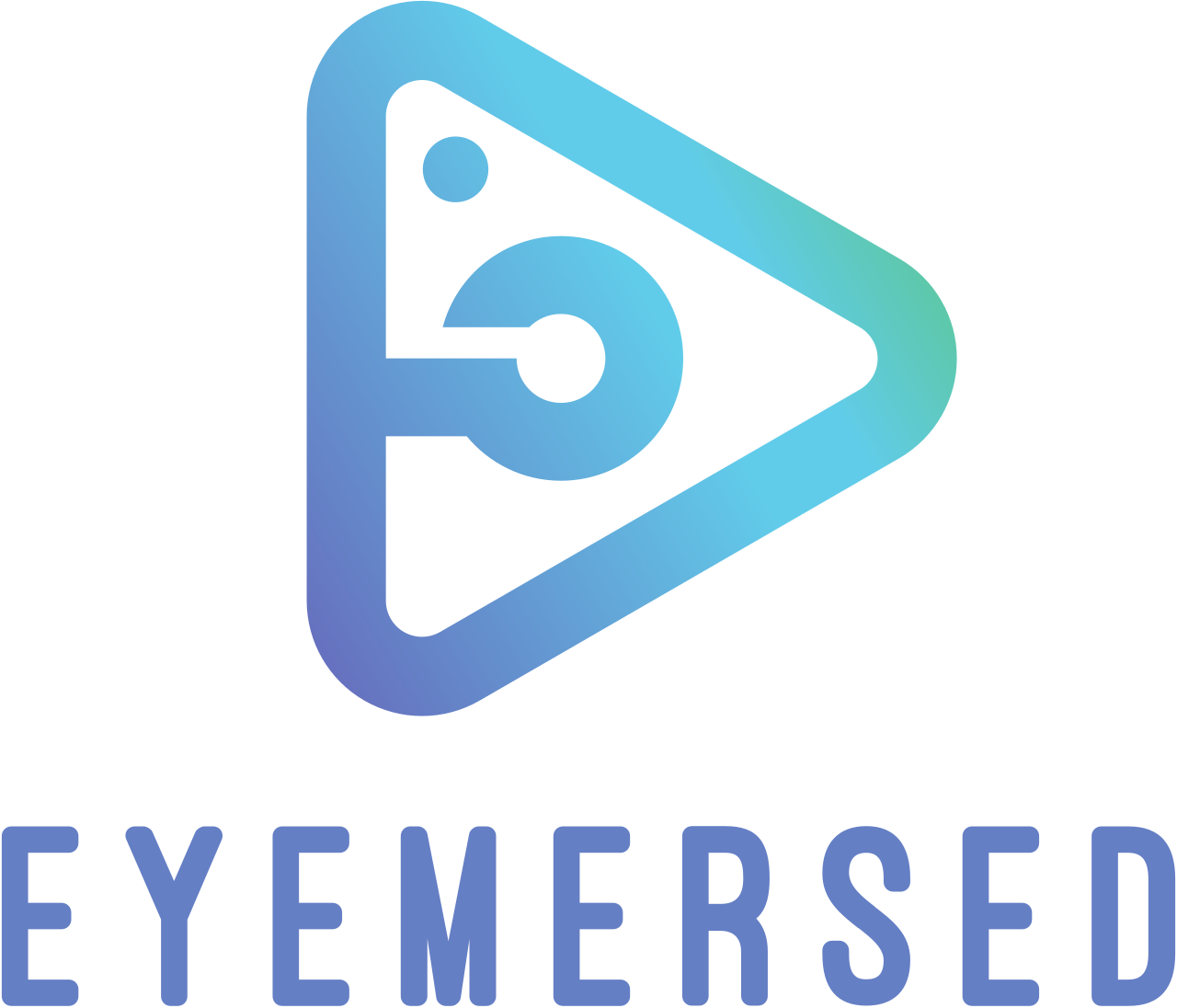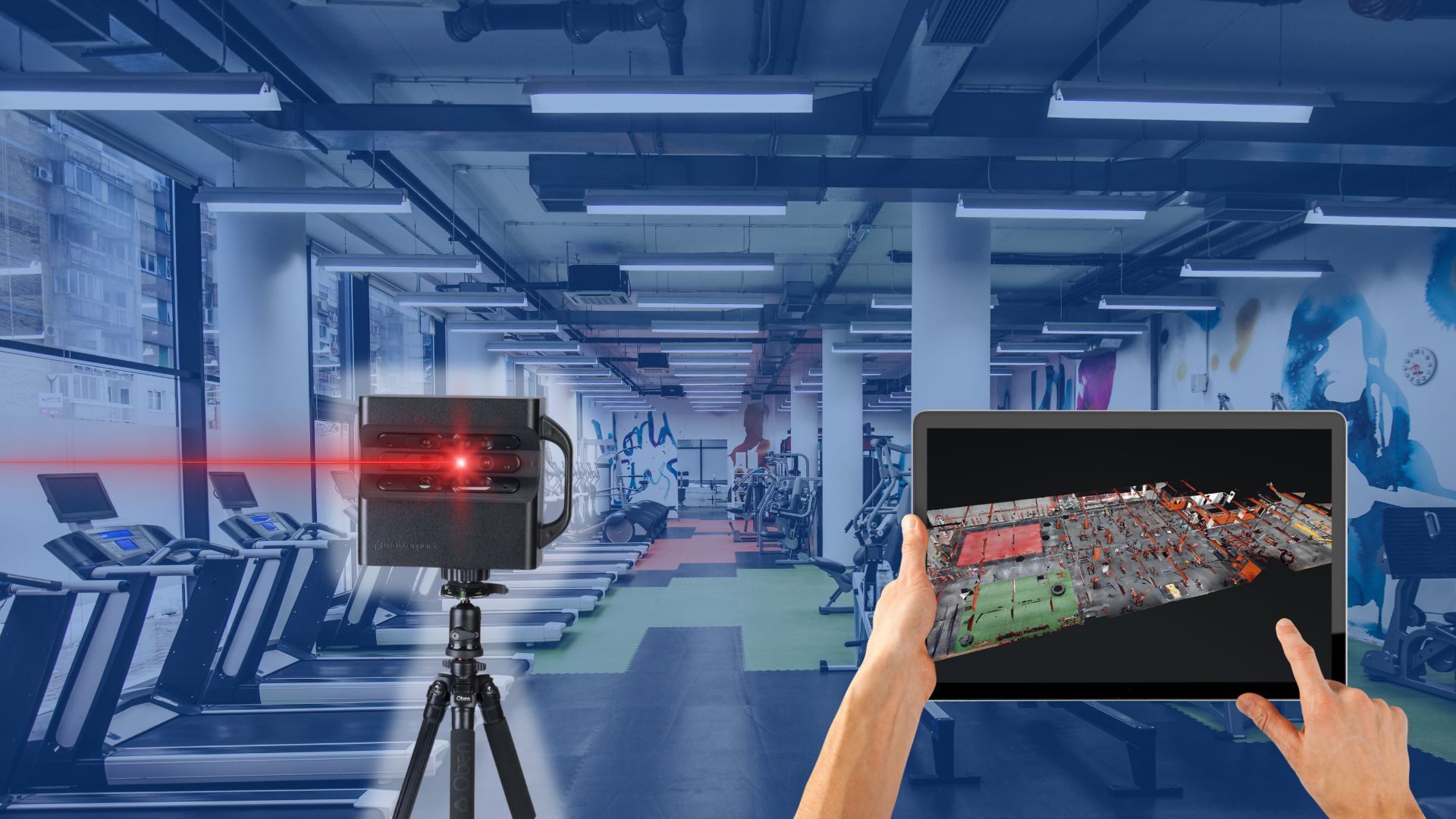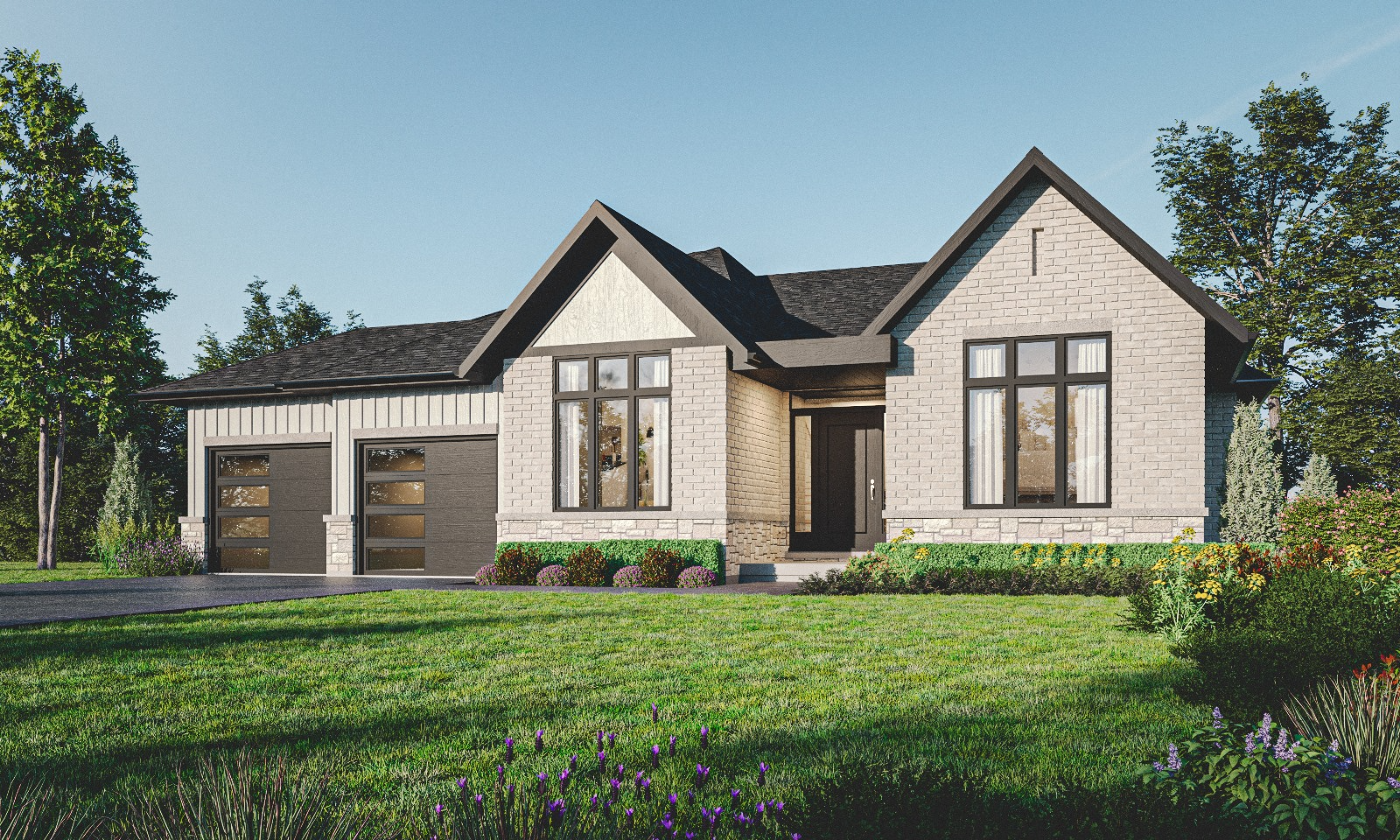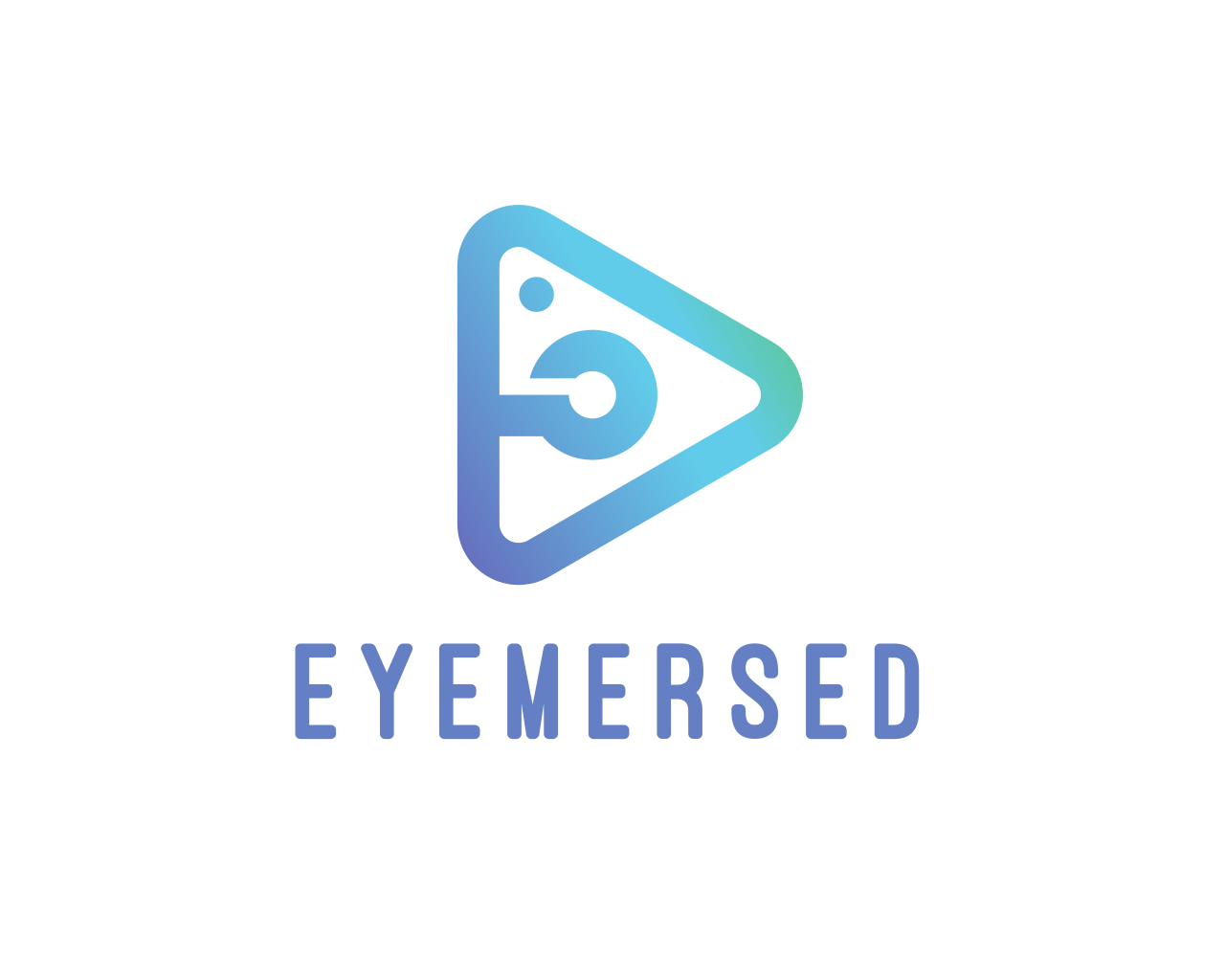...
Revolutionizing Facilities Management: The Transformative Power of 3D Scans, Infrared Technology, and 360 Immersive Tours

In the fast-paced world of Facilities Management, staying ahead of the curve is essential for optimizing operations and enhancing overall efficiency. Recent advancements in technology have brought forth a game-changer for professionals in this field – the integration of 3D scans, Infrared technology, and 360 immersive tours. In this article, we explore the myriad ways these cutting-edge tools can revolutionize Facilities Management without explicitly mentioning the specific technology.
Enhanced Documentation and Visualization
The incorporation of 3D scans allows Facilities Management professionals to create detailed and accurate digital replicas of physical spaces. This digital documentation offers a comprehensive view of the facility, aiding in better understanding and visualization of the layout. Whether it's assessing the structural integrity of a building or planning space utilization, 3D scans provide an invaluable resource for Facilities Managers.
Infrared Insights for Predictive Maintenance
The utilization of Infrared technology brings an added layer of functionality to Facilities Management. By capturing temperature differentials in various parts of a facility, Infrared scans enable professionals to identify potential issues before they escalate. This proactive approach to maintenance allows for predictive strategies, reducing downtime and preventing costly repairs. By addressing problems at their early stages, Facilities Managers can significantly extend the lifespan of equipment and infrastructure.
Efficient Space Planning and Utilization
The immersive nature of 360 tours facilitates efficient space planning and utilization. Facilities Management professionals can virtually walk through a facility without physically being present, gaining a holistic understanding of spatial layouts. This capability proves invaluable when reorganizing spaces, planning for expansions, or optimizing workflow. The immersive experience of 360 tours provides a realistic perspective, enabling more informed decision-making.
Streamlined Communication and Collaboration
In a world where remote work and collaboration are increasingly prevalent, the integration of 3D scans, Infrared technology, and 360 immersive tours facilitates seamless communication. Stakeholders, including maintenance teams, architects, and decision-makers, can remotely access and interact with the digital representation of a facility. This fosters collaboration, reduces miscommunication, and accelerates decision-making processes.
Comprehensive Asset Management
Facilities Management involves overseeing a multitude of assets, from HVAC systems to office furniture. 3D scans, Infrared technology, and 360 tours collectively contribute to comprehensive asset management. By integrating data from these sources, Facilities Managers can create a centralized repository of information, including maintenance history, condition assessments, and spatial relationships. This consolidated approach streamlines asset tracking and maintenance, ensuring optimal functionality throughout the facility.
Conclusion
While not explicitly naming the technology, the integration of 3D scans, Infrared technology, and 360 immersive tours presents a transformative force in Facilities Management. The enhanced documentation, predictive maintenance capabilities, efficient space planning, streamlined communication, and comprehensive asset management contribute to a more agile and informed approach to managing facilities. As these technologies continue to evolve, Facilities Management profession als will find themselves at the forefront of innovation, ensuring the optimal performance and longevity of the spaces they oversee.
VIRTUAL BUILD AND RENDERS
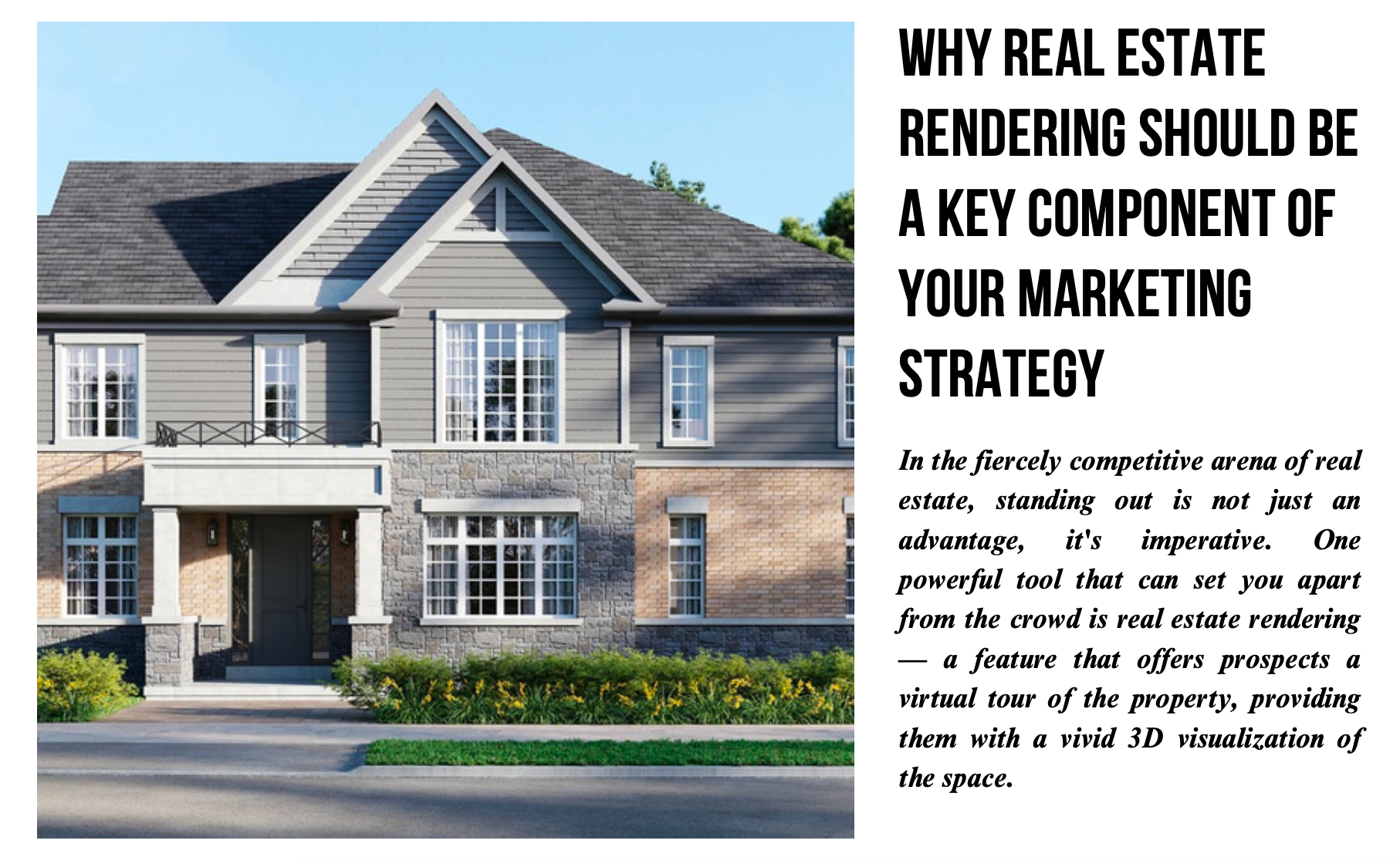
In the fiercely competitive arena of real estate, standing out is not just an advantage, it's imperative. One powerful tool that can set you apart from the crowd is real estate rendering — a feature that offers prospects a virtual tour of the property, providing them with a vivid 3D visualization of the space. Real estate rendering isn't just a fancy add-on; it's a strategic asset that can keep potential buyers engaged, drive more views to your listings, and enhance your visibility on search engines like Google. Ultimately, it can significantly increase inquiries and accelerate your return on investment. Let's delve deeper into why real estate rendering is a game-changer: U nderstanding Real Estate Rendering At its core, real estate rendering allows potential buyers to envision an architectural project from various angles, both inside and out. A high- quality rendering can transport viewers into the property, offering a lifelike experience akin to an actual walkthrough. This technology is revolutionizing the real estate market by offering immersive visual experiences, ranging from 360-degree tours to dynamic fly- throughs and animations. Such tools are far more effective in showcasing listings than conventional architectural drawings or static images of floor plans. The Mechanics Behind It: Real estate rendering involves the creation of 3D images using specialized computer software. Skilled 3D artists collaborate with real estate professionals to craft these images, seamlessly integrating different effects and transitions to produce a cohesive virtual r epresentation. Depending on the project's complexity, architectural rendering can take anywhere from 48 hours to a week to complete, ensuring a high degree of realism and detail. The Benefits of 3D Rendering in Real Estate The advantages of incorporating real estate rendering into your marketing strategy are manifold: 1. Enhanced Visualization: Real estate rendering allows potential buyers to visualize properties in their finished state, even if they're still under construction. This capability bridges the gap between imagination and reality, enabling clients to fully grasp the potential of a project. 2. Customizability: Renderings are highly customizable, offering flexibility in highlighting specific features and aspects of a property. From interior layouts to exterior landscapes, lighting effects to perspectives, every detail can be tailored to resonate with your target audience. 3. Accessibility: In an era where convenience is paramount, renderings offer unparalleled accessibility. Prospective buyers can explore properties online at their convenience, eliminating the need for physical visits until they're ready to commit. 4. Broad Audience Reach: Unlike traditional open houses, real estate renderings have no geographical constraints. They can be viewed by an unlimited audience worldwide, maximizing exposure and engagement with your listings. 5. Risk Mitigation: By providing accurate depictions of properties, renderings minimize the risk of surprises or discrepancies between buyers' expectations and the actual product. This fosters transparency and trust, streamlining the purchasing process. Considering Real Estate Rendering: Key Factors If you're considering incorporating real estate rendering into your marketing efforts, here are some factors to ponder: 1. Time of Day: Consider the optimal lighting conditions for showcasing your property. Whether it's the soft glow of dawn, the warmth of the afternoon sunlight, or the allure of city lights at night, the time of day can significantly influence the visual impact. 2. Perspectives: Choose perspectives that accentuate the property's unique features. Whether it's a frontal elevation, streetscape view, or aerial panorama, each angle offers a distinct perspective that can captivate potential buyers. 3. Additional Elements: Pay attention to details such as textures, colors, decor, and landscaping, tailoring them to the preferences of your target market. Anticipate buyers' needs and concerns by showcasing amenities, accessibility, and space utilization effectively. The Cost Consideration While real estate rendering offers tremendous value, it's essential to factor in the associated costs. Prices vary based on project complexity and the level of detail required. Generally, rendering a single room can start at $250, while comprehensive property renderings may exceed $7,000. Animated renderings entail additional expenses due to their labor-intensive nature. To optimize costs, provide detailed project specifications to your rendering studio, ensuring a precise and efficient outcome. Elevate Your Marketing Strategy with Real Estate Renderings In a digital age where visuals reign supreme, real estate rendering has become a linchpin of modern marketing strategies. To unlock its full potential, collaborate with experienced rendering firms like Eyemersed.com is renowned for their professional 3D virtual tour services and immersive rendering solutions. By embracing real estate rendering, you're not just showcasing properties — you're crafting compelling narratives that captivate, engage, and inspire prospective buyers. CONTACT US TODAY TO LEARN MORE!

In today's digitally-driven marketplace, merely relying on a Facebook page for your business might not be enough to harness the full potential of online sales. With the proliferation of online businesses, establishing an e-commerce presence has become crucial for staying competitive and relevant. Let's delve into the myriad advantages of creating an online store for your business with the assistance of Eyemersed.com, a leading provider of comprehensive eCommerce solutions. 1. Expanded Reach and Market Pen etration Breaking free from geographical constraints, an online store enables your business to transcend borders, reaching customers wherever they may be located. With Eyemersed.com, brick-and-mortar stores or Facebook shops can seamlessly transition to an eCommerce platform, expanding their reach and customer base exponentially.
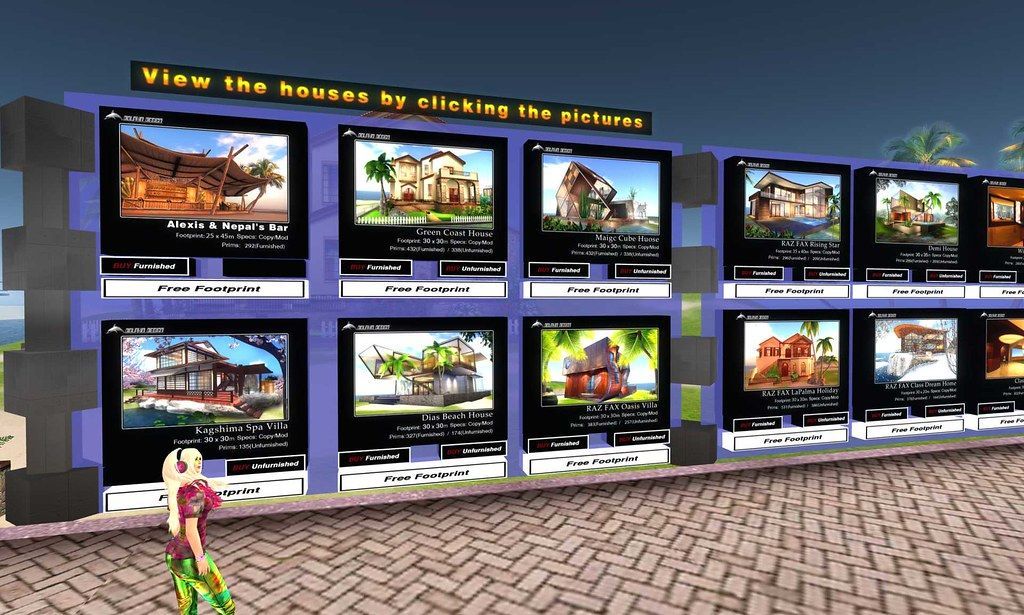
Gone are the days when the real estate market operated solely on the basis of physical property visits, paper brochures, and cumbersome, time-consuming processes. The future of real estate technology is here, and it's revolutionizing the way we interact with properties, both as buyers and sellers. With advancements in virtual reality (VR), 3D tours, and drone technology, the real estate market is undergoing a seismic shift, making property transactions more accessible, efficient, and immersive than ever before. In this deep dive, I'll share not just the trends but the transformative potential these technologies hold, drawing on both my personal experiences and industry insights that illuminate the path forward for real estate technology.
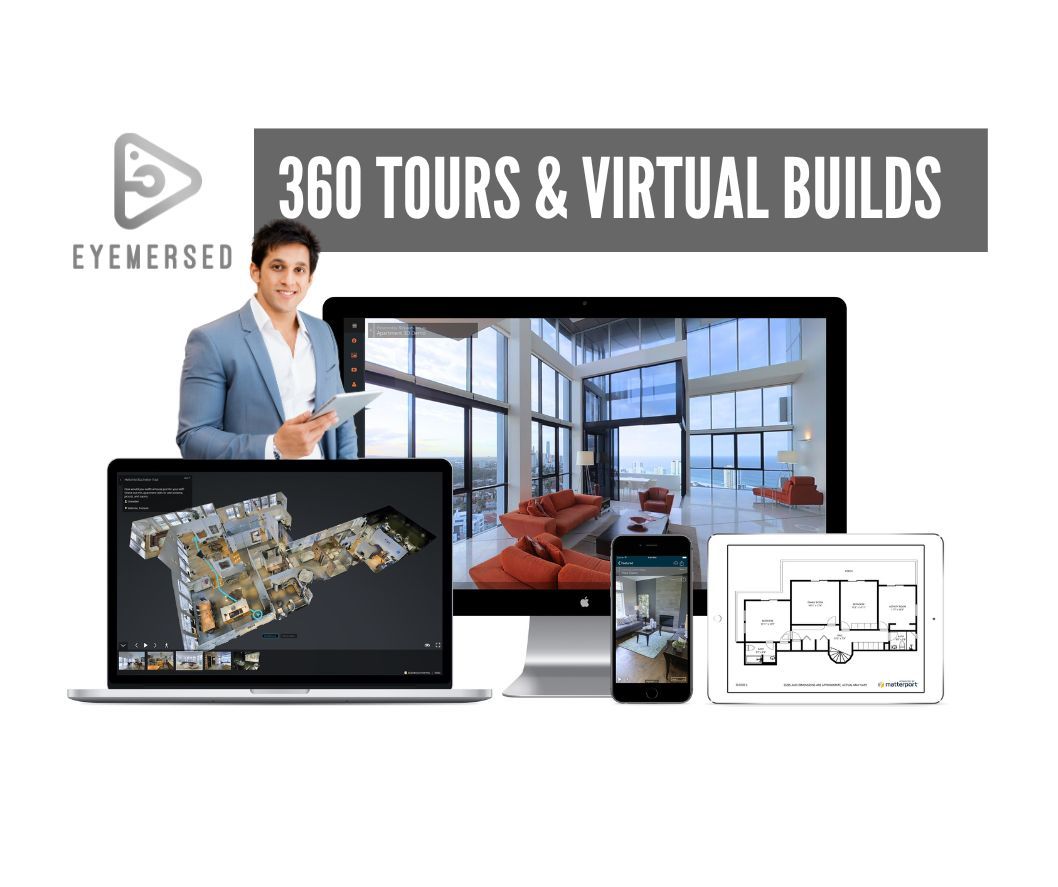
360° tours provide a level of immersion that traditional photographs or even video walkthroughs cannot match. Potential buyers can explore every nook and cranny of a property from the comfort of their homes, making it especially appealing in a market as competitive and diverse as Thailand's. This technology transcends geographical barriers, allowing international buyers to virtually visit and gauge properties, a feature crucial in a country that enjoys significant interest from overseas investors. Insider Tip: For the best results, complement 360° tours with drone footage of the surrounding area. This offers potential buyers a comprehensive view of the property and its locale, significantly enhancing its appeal. Statistical Insight: A recent study found that listings with 360° tours received over 40% more views and 30% more inquiries than those without. In a market flooded with properties vying for attention, these numbers are not just significant; they're game-changers.
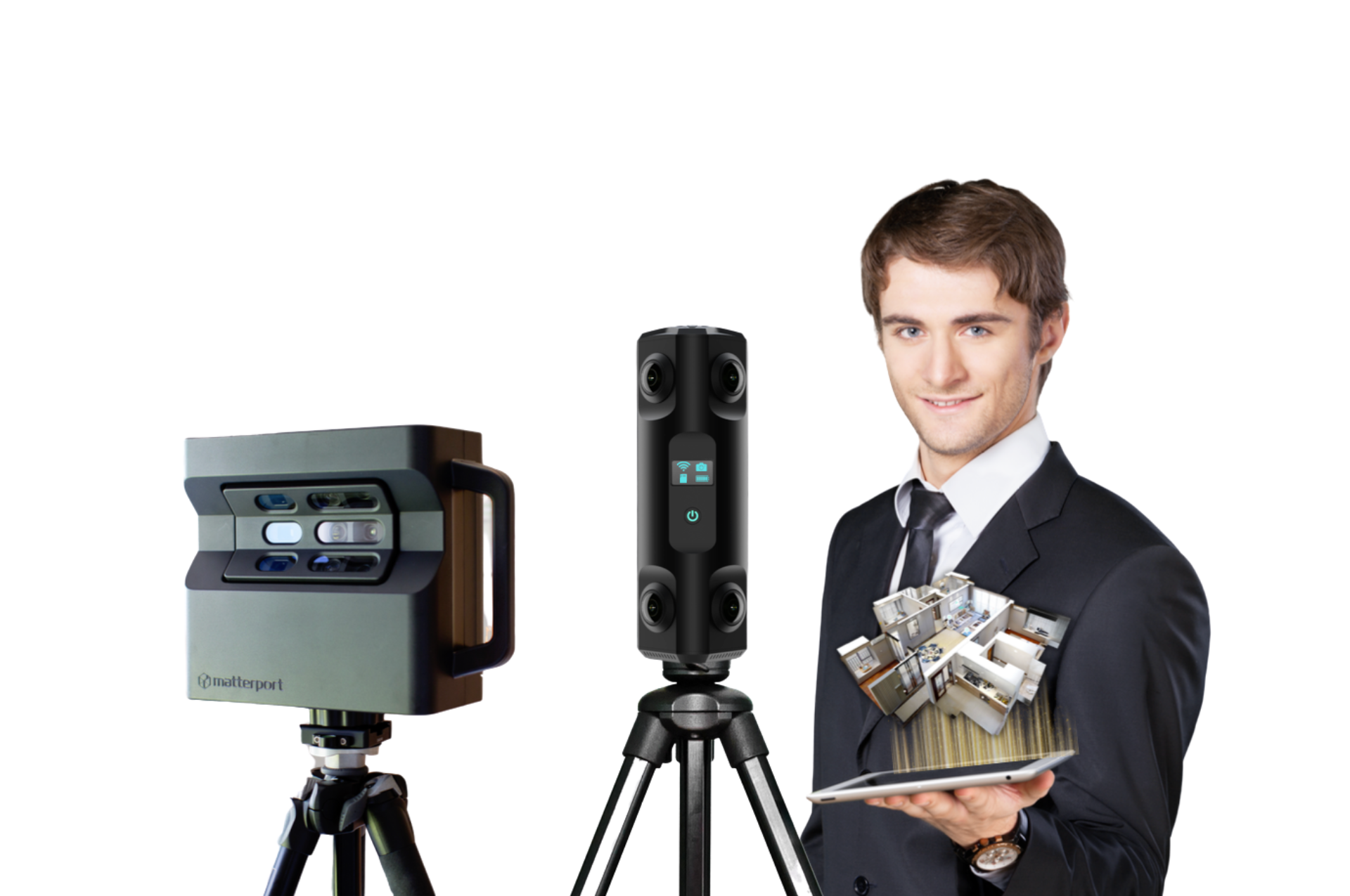
Elevating Business Engagement: Explore Virtual Tour 360° Services by Eyemersed in Bangkok, Thailand In a world propelled by rapid technological advancements, the concept of experiencing reality has evolved beyond our imaginations. Introducing Virtual Tour 360° – a cutting-edge innovation that seamlessly merges virtual reality technology with the real world, offering a panoramic view that transports you to a location as if you were physically present. Understanding Virtual Tour 360° Picture this: a virtual reality panorama that encapsulates an entire location, allowing you to explore every nook and cranny in a 360-degree perspective, all from the comfort of your electronic device. The journey begins by accessing this immersive experience via a computer or smartphone, with a stable internet connection acting as your gateway. In an era where connectivity is faster and more robust than ever, Virtual Tour 360° emerges as a game-changing tool for businesses. The Essence of Virtual Tour 360° For businesses, embracing Virtual Tour 360° is more than just staying current; it's about enhancing brand identity, establishing rapport with target audiences, and fostering trust. By providing customers with the ability to virtually roam through a space, businesses create a sense of connection that resonates deeply. This virtual exploration empowers potential clients with an in-depth understanding of the location's attributes, facilitating more informed and confident decisions. Unveiling the Advantages Crafting a Virtual Tour 360° involves employing specialized photographic techniques, using cameras designed to capture panoramic vistas. The outcome? Visually striking images that serve as potent promotional tools. These images can be seamlessly integrated into a brand's digital presence – from websites to Facebook pages – or even uploaded to Google Street View. The versatility of Virtual Tour 360° extends beyond the online realm; it can be experienced both digitally and offline, enhancing sales offices or captivating audiences through interactive touch screens. Why Choose Virtual Tour 360°? The allure of Virtual Tour 360° lies in its ability to transport audiences into a space, offering an immersive experience that traditional photos can't match. With the freedom to explore various angles and details without physically visiting the location, Virtual Tour 360° transforms online interaction into a captivating adventure. This captivating engagement can be experienced via websites or Facebook pages, using computers or smartphones. Discover Eyemersed: Your Partner in Innovation If you're seeking a novel approach to present your business in a new light, Eyemersed, situated in the bustling city of Bangkok, Thailand, is your ultimate destination. Our professional team captures the essence of your location through high-quality Virtual Tour 360° services, expertly photographed and masterfully edited to resonate with your audience. Unlocking Features in Virtual Tour 360° Menu: Navigate with ease using a user-friendly menu. Contact: Seamlessly connect with your business through integrated contact options. Info Window: Share essential information in a sleek info window format. Google Map Window: Provide geographical context through an interactive Google Map. Photo Album: Curate a captivating visual journey with a photo album feature. Video Window: Incorporate video content seamlessly into the tour. Video Hotspot: Enrich the experience with video hotspots for dynamic engagement. Settings: Customize the tour to align with your branding and style. Floor Plan (additional cost): Enhance navigation with a floor plan feature. 3D Transitions: Transition smoothly between panoramic vistas. Panorama Thumbnail List: Navigate effortlessly through a list of panoramas. In conclusion, embrace the future of engagement through Virtual Tour 360°. Eyemersed empowers businesses in Bangkok, Thailand, and beyond to transcend conventional marketing, making a lasting impact with immersive experiences that connect, inform, and captivate. Elevate your brand's storytelling and customer engagement by embarking on a virtual journey that leaves a lasting impression.
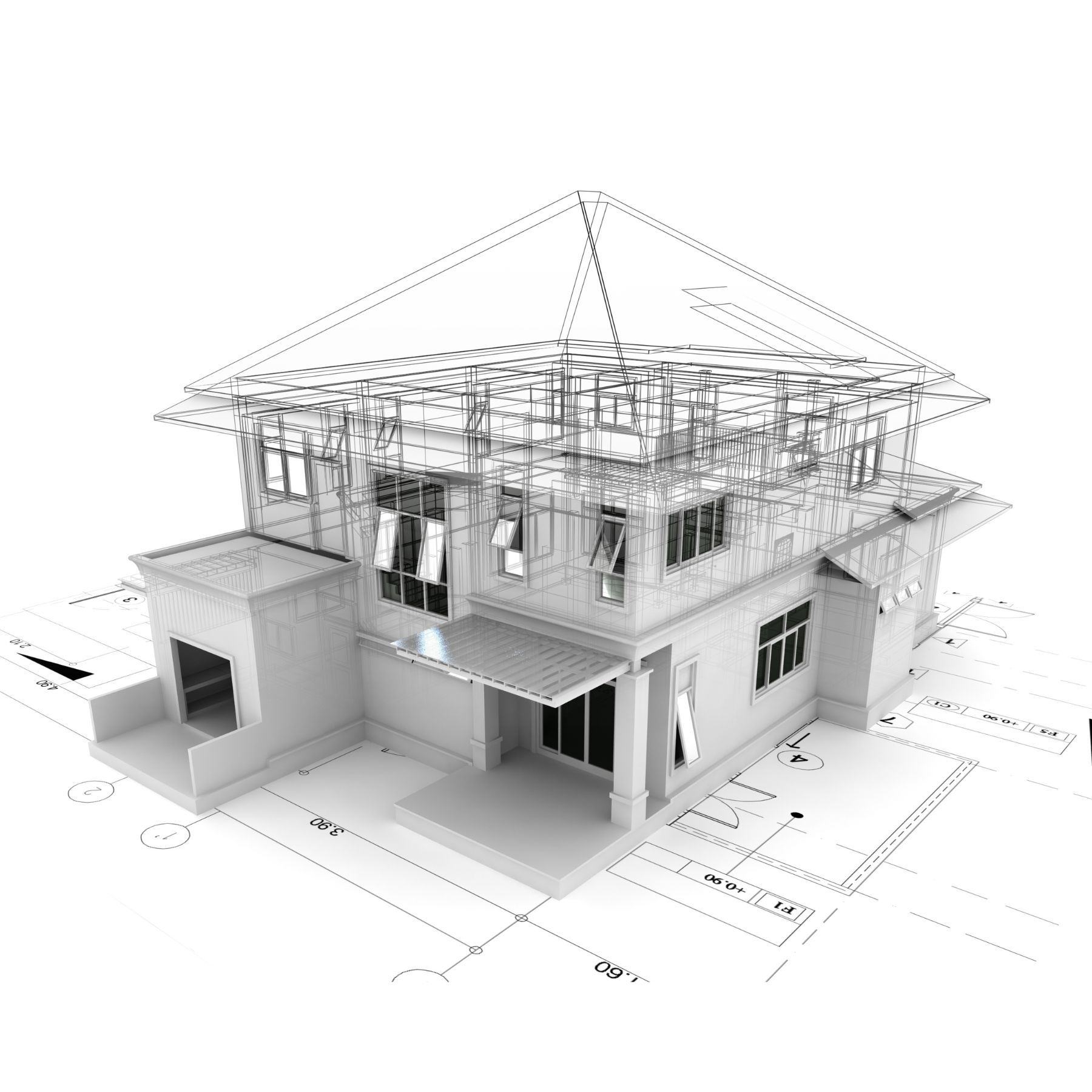
The realm of 3D visualization has transformed the way we perceive and interact with the world around us. From advertising campaigns that captivate our attention to immersive virtual reality experiences that transport us to new dimensions, the power of 3D rendering knows no bounds. Architects, product designers, industrial artists, and branding visionaries harness this technology to craft awe-inspiring, lifelike images that blur the lines between fiction and reality. In this comprehensive guide, we'll delve into the intricacies of 3D rendering, its underlying mechanisms, and the Adobe software tools that empower creators to construct their own intricate 3D universes. The Essence of 3D Rendering At its core, 3D rendering is the process of generating photorealistic two-dimensional images from intricate three-dimensional models. It marks the culmination of the 3D visualization journey, encompassing the creation of object models, texturing those objects, and infusing the scene with meticulously designed lighting. Modern 3D rendering software takes the extensive data associated with a 3D model and meticulously transforms it into a 2D image. This end result can range from a masterfully crafted image that resembles a photograph taken from the real world to a deliberately stylized representation, dictated by the artist's vision and the intended outcome of the visualization. Cracking the 3D Rendering Code To truly appreciate 3D rendering, it's essential to demystify the intricacies of its creation process. While "3D rendering" and "3D visualization" might seem interchangeable, the former is the final stage of the latter. Below is a detailed breakdown of the 3D visualization journey, culminating in the magic of 3D rendering: 1. Sculpting 3D Worlds The inception of a 3D model or an entire scene can be achieved through diverse avenues. Sculpting applications enable the creation and manipulation of polygons, forming the foundation of 3D assets. This approach is ideally suited for crafting organic objects like plants or human figures, allowing for a more artistic interpretation of irregular forms. However, alternative approaches exist. Certain modeling tools focus on delineating edges and surfaces in three-dimensional space, a technique especially pertinent to industrial design and computer-aided design (CAD) modeling. Another avenue involves scanning real-world objects to capture data, enabling the recreation of these objects within a digital 3D space. Alternatively, procedural generation employs software to sculpt models based on predetermined mathematical rules. 2. The Art of Texturing The essence of a 3D object is encapsulated in its polygons, yet these surfaces lack the vibrancy of color or intricate detailing. Artists bridge this gap by assigning textures to every polygon, elevating the object's visual appeal. Textures range from monochromatic hues to hyper-realistic simulations of diverse surfaces—wood, metal, plastic, and beyond. A single 3D object can consist of thousands, even millions, of polygons. While its core structure might represent the sleek finish of a modern kitchen blender or the rugged hide of an elephant, adept application of 3D materials creates an illusion of depth. These textures go beyond mere reflectivity or color, intricately weaving details like fabric stitching or industrial rivets. 3. Illuminating the 3D Realm The key to lending authenticity to 3D objects within a scene is the interplay of light. Particularly crucial in architectural renderings, realistic light sources transform polygonal objects into a coherent, tangible environment. Rather than manually painting in light and shadows, artists manipulate settings that govern the direction, intensity, and type of light source illuminating each object. 4. The Enigma of Rendering The pinnacle of the 3D visualization journey is the rendering phase. Here, the culmination of 3D model creation, texturing, and lighting is distilled into a single image. This computational process essentially captures a "snapshot" of the meticulously constructed scene from a predefined perspective, yielding a 2D representation of the 3D world. Rendering software possesses the capability to generate individual images or rapidly sequence multiple images to simulate real-time motion. The rendering process is not uniform; diverse methods like real-time rendering and ray tracing impact the final quality. Understanding the hardware requirements—GPU and CPU capabilities—is integral to optimizing the rendering process. In the grand tapestry of visual arts and design, 3D rendering stands as a testament to human ingenuity and technological advancement. From the birth of a 3D model to the breathtaking render that captures it in its full glory, each step contributes to the creation of a visual marvel that captivates and mesmerizes. Adobe's suite of 3D tools empowers creators to embark on this exhilarating journey, where imagination is transmuted into vivid reality, and virtual worlds come alive.
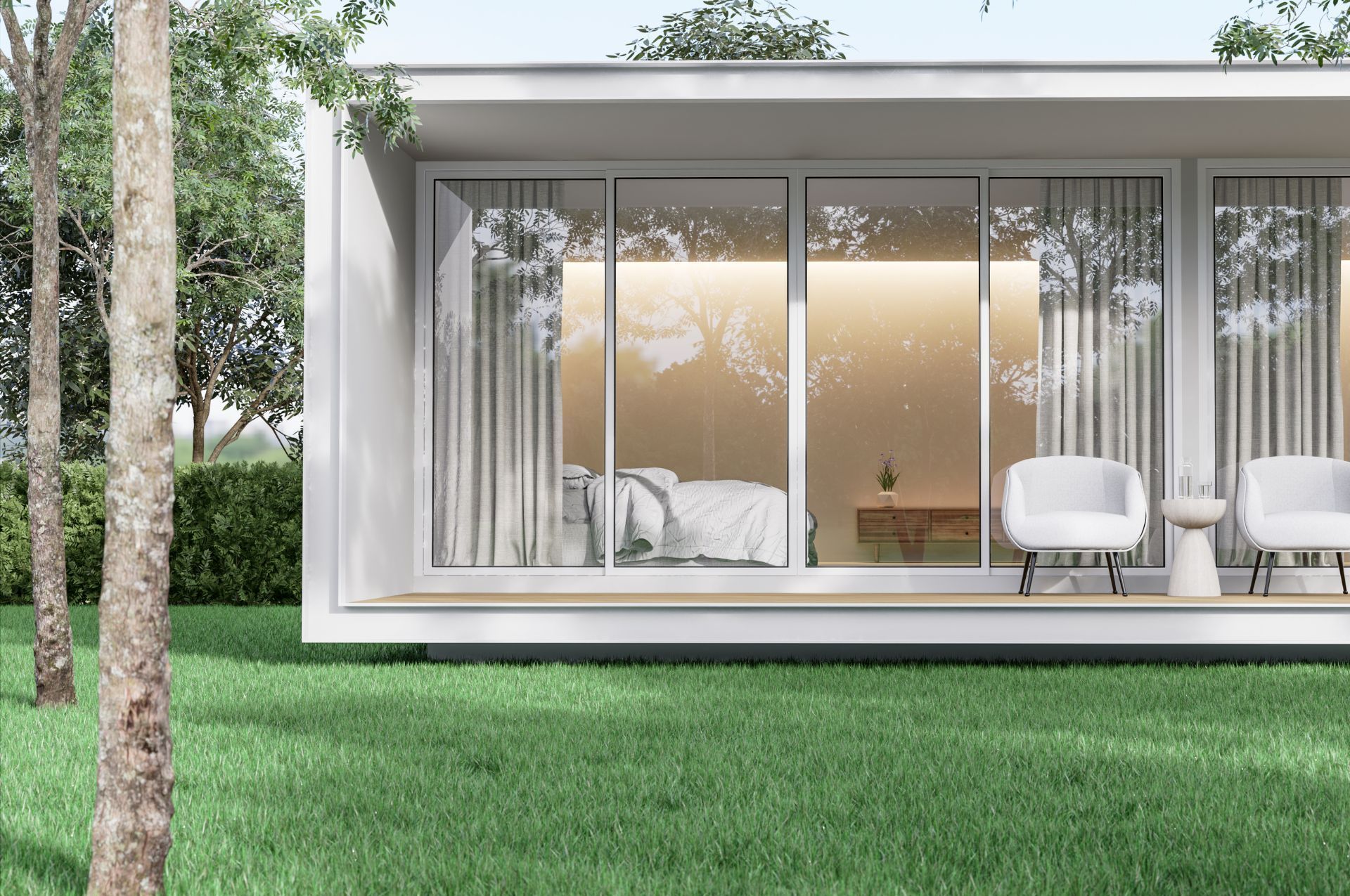
Understanding 3D Rendering: A Comprehensive Overview In the realm of virtual exploration, 3D rendering serves as a pivotal window into an intricately constructed digital universe. This article delves into the realm of 3D rendering, elucidating its multifaceted techniques and their extraordinary capabilities. The Essence of 3D Rendering At its core, 3D rendering is an intricate process that transforms three-dimensional models into two-dimensional images tailored for display on computer screens. These images materialize through a meticulous orchestration of data, dictating the precise interplay of color, texture, and material properties of objects within the depicted scene. The roots of rendering trace back to 1960 when William Fetter ingeniously crafted a visual representation of a pilot, aimed at simulating cockpit spatial requirements. Building upon this foundation, Ivan Sutherland ushered in a new era in 1963 with the advent of Sketchpad, the pioneering 3D modeling program developed during his tenure at MIT. His revolutionary contributions earned him the moniker "Father of Computer Graphics." A seminal moment in rendering history transpired in 1975 when Martin Newell conceived the iconic "Utah Teapot," a benchmark 3D test model that has transcended its utilitarian origins to symbolize a touchstone akin to "Hello World" in programming parlance. Mechanics Unveiled In essence, the concept of 3D rendering bears resemblance to the art of photography. Much like a photographer carefully positions their camera to frame a compelling shot, a rendering program similarly orchestrates the camera's gaze toward objects within the digital scene. The crux of delivering a detailed and lifelike render lies in skillfully manipulating digital lighting. Throughout its evolution, various rendering techniques have emerged, each with a distinct modus operandi. Yet, every technique converges upon a common objective: to capture the interplay of light upon objects, mirroring the dynamics of the physical world. Rendering Techniques Explored 1. Rasterization: A Historical Vanguard One of the earliest rendering methods, rasterization operates by treating the model as an intricate mesh of polygons, each brimming with vertex data that encompasses position, texture, and color attributes. These vertices are then projected onto a plane that aligns with the viewer's perspective—the camera, in this case. Employing vertices as delineations, the intervening pixels are imbued with the appropriate hues, akin to painting by delineated outlines. 2. Ray Casting: Eclipsing Overlapping Conundrums While rasterization boasts its merits, it grapples with challenges when overlapping surfaces intersect. Ray casting came to the rescue by circumventing such dilemmas. In ray casting, rays are cast from the camera's vantage point onto the 3D model, with each ray extending to a pixel on the image plane. The initial point of intersection dictates the rendered surface, ensuring no ambiguities arise from intersecting objects. 3. Ray Tracing: Mastering Light Dynamics Ray tracing emerged as a progressive step, addressing the limitations of ray casting in simulating shadows, reflections, and refractions accurately. By casting primary rays from the camera's perspective, which then spawn secondary rays upon collision with surfaces, ray tracing augments realism. Shadows, reflections, and refractions are manifested by subsequent rays, producing intricate and sophisticated renderings. 4. Rendering Equation: Illuminating Reality Further advancements culminated in the rendering equation, a sophisticated attempt to replicate light emission with heightened accuracy. This equation transcends the confines of direct illumination, factoring in the contribution of all light sources. This approach, known as global illumination or indirect illumination, elevates the authenticity of rendered scenes. Key Considerations Hardware Implications Rendering quality exhibits upward trajectories, albeit at the expense of protracted rendering times. Industry titans have responded by establishing render farms. Individual designers and artists necessitate cutting-edge hardware, as rendering software exploits GPUs, CPUs, or a synergy of both. Processor speed, graphics card integration, driver compatibility, RAM, and other facets synergize to expedite high-quality rendering. Software Complexities Rendering is an intricate endeavor where perfection remains elusive, given the intricate balance among variables such as photorealism, speed, data size, and resolution. Tinkering with foundational aspects yields photorealistic outputs. Properly scaled models, detailed materials, judicious lighting, and strategic post-processing converge to breathe life into renders. Wide-Ranging Applications 3D rendering has triggered transformative shifts across industries. Architecture and engineering thrive on augmented presentations, leveraging renders alongside traditional blueprints. Film production now hinges on renders to conjure lifelike scenes, unearthing infinite creative possibilities. Marketing exploits the cost-effective allure of renders to craft persuasive, realistic product depictions. The gaming sector continuously raises the bar with photorealistic rendering, striving for immersive experiences that captivate gamers' senses. A Future of Unbounded Innovation The trajectory of 3D rendering marches ceaselessly forward, bolstered by its integration across diverse sectors. The support for its evolution remains steadfast, promising a future awash with innovation and ever-expanding horizons. For all rendering and virtual build requirements, Eyemersed Company stands ready as a reliable partner, epitomizing excellence in the realm of rendering and beyond.


